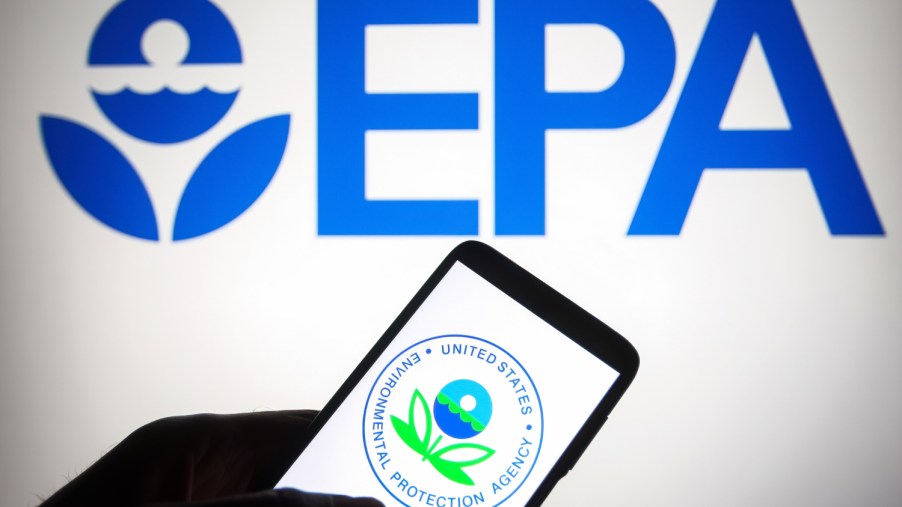
What Is the Environmental Protection Agency (EPA)?
You maybe have heard of the Environmental Protection Agency (EPA) before, but how is it related to cars, trucks, and SUVs? The EPA is a government agency that works on environmental protection matters, many of which are related to tailpipe emissions and pollution. Gasoline-powered vehicles, electric vehicles, and plug-in hybrid vehicles all have different environmental impacts, which the EPA has plenty of information on.
What does the Environmental Protection Agency (EPA) do?

According to the United States Government, the Environmental Protection Agency is a federal agency meant to help protect people and the environment from health risks. The EPA researches to identify issues ahead of time and sponsors projects to investigate how to solve these issues. The Environmental Protection Agency also creates and enforces regulations to protect the environment.
The EPA focuses on some key topics like air quality, climate change, and drinking water. One of the significant issues lately is fuel economy related to air quality, greenhouse gasses, and overall safety. Many automakers have promised to have a fully-electric lineup in the next decade to aid in the efforts.
The U.S. Department of Energy, the Office of Energy Efficiency and Renewable Energy, and the Environmental Protection Agency (EPA) work together.
The Environmental Protection Agency has a lot of information on electric vehicles
The Environmental Protection Agency has a section titled the Green Vehicle Guide to help educate people on the importance of green vehicles. According to the EPA, a green car operates on something other than gasoline or diesel. This includes electric vehicles and plug-in hybrid electric vehicles, or those that use “compressed natural gas (CNG) or E85 (a mixture of about 85% ethanol and 15% gasoline).”
Alternative fuels burn cleaner than gasoline or diesel, which leads to fewer tailpipe emissions. Electric vehicles use batteries instead of gasoline, which offers zero tailpipe emissions. Plug-in hybrid electric vehicles (PHEVs) use gasoline, batteries, and an electric motor. These are still a better option than a gasoline-powered vehicle.
Depending on which state you are located in, different electric vehicles might be available. Some states have stricter guidelines that don’t allow specific EVs or PHEVs to be sold in the area. This year, more electric vehicles than ever will be available for sale in more states than ever.
The EPA on tailpipe emissions for EVs, and PHEVs
The Environmental Protection Agency has a Greenhouse Gas Emissions for EVs and PHEVs Calculator. This can help estimate what kind of greenhouse gas emissions your current or future vehicle gives off. The EPA says that electric cars produce zero tailpipe emissions. When charging the electric vehicle battery, pollution may occur somewhere along the way, like at the power plant. However, the EPA notes that it is still less than a gasoline-powered vehicle.
“Total emissions associated with driving EVs are still typically less than those for gasoline cars—particularly if the electricity is generated from renewable energy sources like wind.”
The Environmental Protection Agency
Plug-in hybrid electric vehicles only produce tailpipe emissions when the gas engine is used as the fuel source. When using the electric motor, there are no tailpipe emissions.
The Environmental Protection Agency focuses on a lot more than just electric vehicles and cars, but those are some. of the major topics. As the world and U.S. moves more toward electric vehicles, the information provided by the EPA will be even more valuable.



